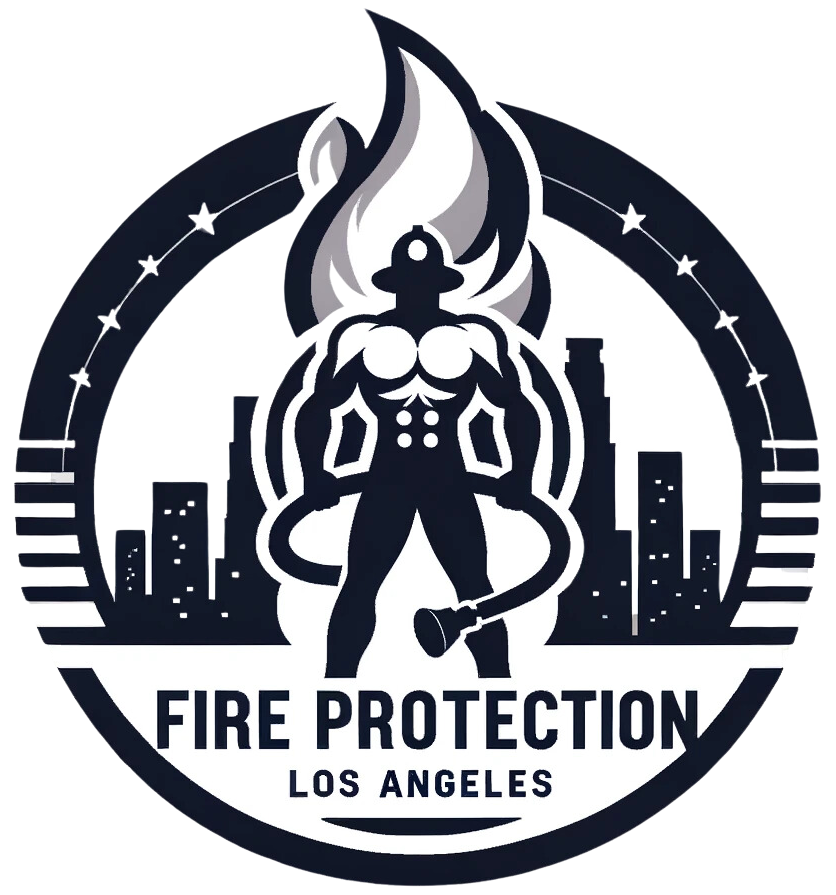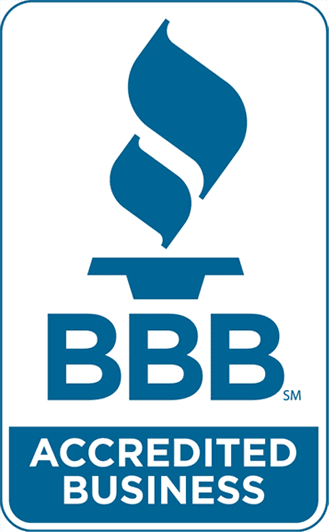FAQ
Welcome to Fire Protection Los Angeles (FPLA)! As the leading fire safety and protection agency in Los Angeles, we recognize that safeguarding your property and loved ones from potential fire hazards is of paramount importance. The world of fire safety can often seem intricate and vast. To guide you through it, we’ve curated this resource, addressing the most frequently asked questions about our services, methodologies, and more. Whether you’re considering forest fire suppression, emergency evacuation planning, or seeking guidance on industrial firefighting, we are committed to providing you with the essential insights to make informed choices. So, delve into our FAQ section and learn how FPLA is dedicated to fortifying your environment against fire threats.
Forest Fire Suppression refers to the tactics and methods used to control and extinguish fires in forested areas. It involves a combination of physical actions, technologies, and strategies, such as creating firebreaks, using water or fire retardants, and deploying specialized firefighting crews to protect woodland areas and their surrounding communities.
Industrial firefighting focuses on combating fires that occur in industrial settings, such as manufacturing plants, petrochemical facilities, and warehouses. These fires often involve specialized chemicals, machinery, and structures, requiring firefighters to have specific training and equipment tailored to the unique challenges these settings present.
Wildland Firefighting concerns itself with wildfires that spread across open land. These firefighters deal with grass fires, brush fires, and forest fires, using tools and tactics that might differ from urban firefighting, including controlled burns to reduce the fire’s fuel.
Private Firefighting is offered by non-governmental agencies or corporations, often hired by homeowners, communities, or businesses to protect properties and assets specifically. They might provide specialized services, such as asset protection during wildfires or consulting on fire safety.
Contract Firefighting involves firefighting services offered by third-party agencies hired on a contractual basis. These entities can provide supplemental support to governmental agencies, especially during peak fire seasons or large-scale incidents.
Fire Suppression Training equips individuals with the skills and knowledge to combat and suppress fires effectively. Training might cover a range of topics from understanding fire behavior, using firefighting equipment, implementing various suppression tactics, to safety protocols.
Fire Risk Assessment involves evaluating a property or area to identify potential fire hazards. This includes assessing the materials, structures, equipment, and processes in place, then suggesting modifications or strategies to reduce the risk of fire incidents.
Fire Mitigation refers to proactive measures taken to decrease the likelihood of fire and reduce its impact. This can involve creating defensible spaces, removing dry vegetation, using fire-resistant building materials, and more.
Emergency Evacuation Planning ensures the safe and timely exit of all individuals from a premises during emergencies. In high-risk areas, especially those prone to fires, having a well-drafted and practiced plan can save lives and minimize chaos.
Execution involves alerting occupants of the danger, guiding them to pre-designated exit routes, ensuring everyone reaches a safe assembly point, and accounting for all individuals. It’s essential to practice these plans regularly to ensure smooth execution during real emergencies.
It’s advisable to review Fire Risk Assessments annually or whenever significant changes are made to the property or its use. This ensures the assessment remains up-to-date with the current state of the property.
The cost can vary based on the scale of protection needed, duration, and specific services offered. However, when weighed against potential loss in a fire, many consider it a worthwhile investment.
This depends on the type of fire, its location, available resources, and environmental factors. For instance, water might be used in urban settings, while controlled burns might be more appropriate for wildland fires.
Beyond ensuring safety, these assessments can help businesses identify potential vulnerabilities, reduce insurance costs, ensure compliance with local regulations, and protect valuable assets from fire damage.
Yes, due to the specialized nature of industrial fires, certifications like the NFPA 1081 standard for Industrial Fire Brigade Member Professional Qualifications are recommended.
Wildland fires can cover vast areas, change direction quickly, and are influenced by natural factors like wind and terrain. The remote locations can also make access and resources more limited.
Tools like Pulaskis, McLeods, drip torches, and flare guns are uniquely suited to combat wildland fires. These tools help in both controlling the fire and creating barriers to prevent its spread.
Typically, becoming a private firefighter requires a combination of standard firefighting training and additional courses or certifications specific to the private sector’s challenges and requirements.
Absolutely. Every building has unique layouts, occupancies, and risks. Customized evacuation plans ensure that routes are optimized, and all occupants, including those with special needs, are considered.
Regular drills and simulations are vital. Feedback from these drills can help refine the plan, ensuring it’s as efficient and effective as possible.








